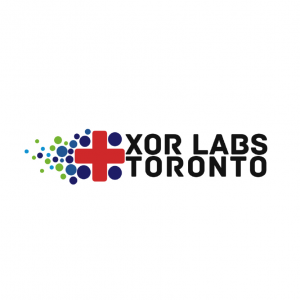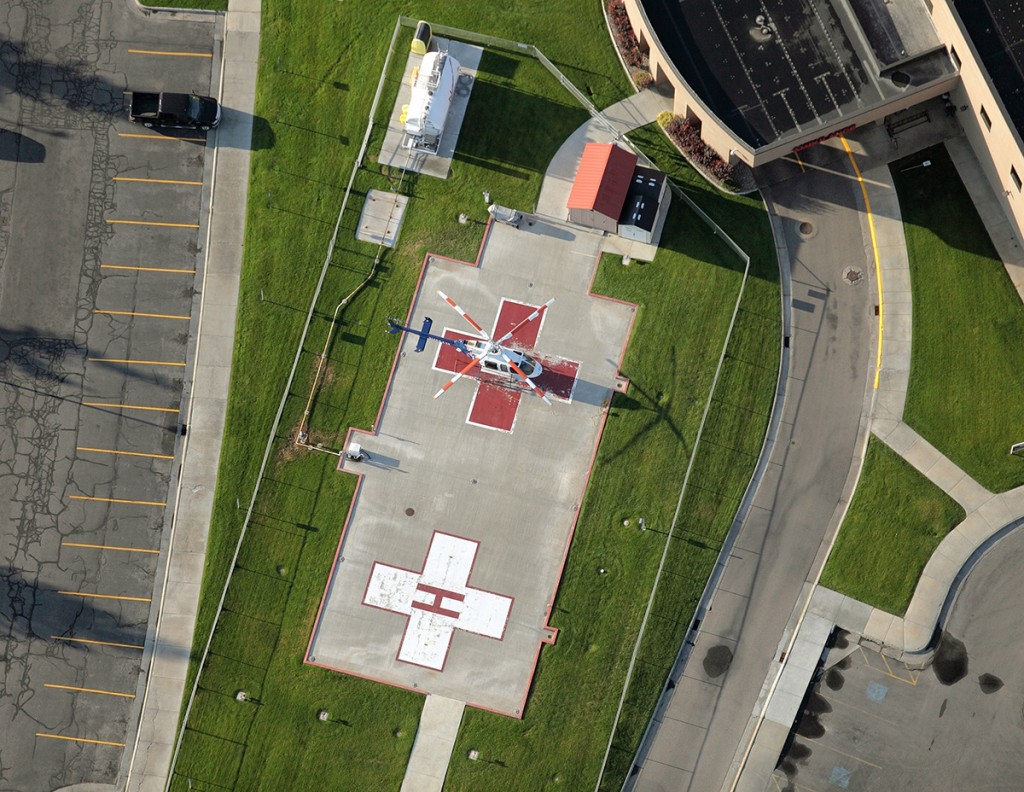 XOR Labs Toronto, a Canadian company spun off from the University Health Network in partnership with MaRS Innovation, was profiled by VICE’s Motherboard for their technology.
XOR Labs Toronto, a Canadian company spun off from the University Health Network in partnership with MaRS Innovation, was profiled by VICE’s Motherboard for their technology.
They’ve developed an advanced and unique system that enables the assessment and repair of previously unusable donor lungs, which may facilitate more transplants for patients like Hélène Campbell, who famously danced on The Ellen Degeneres Show following a successful operation that included technology developed by the company’s founders.
Here’s an excerpt from Jordan Pearson’s article, “The Future of Keeping Lungs Alive Outside the Body”:
A full set of lungs isn’t like a kidney or a liver. Donors for the latter tend to be alive at the time of the transplant, but a complete set of pipes will typically come from someone who’s brain dead, or who has died recently. This means that there’s a potentially sizeable pool of donor lungs available, but most of them aren’t considered for transplant if they’ve been damaged or filled with liquid during the dying process.
Ex vivo lung perfusion, or EVLP, is a recently invented medical procedure that essentially cheats death. An EVLP set up uses mechanical ventilators and a steady stream of a warm blood-like fluid to keep a set of lungs alive outside of a body. Doctors can then assess the lungs in detail and repair them, if needed. The Toronto General Hospital has a current generation EVLP set-up—a mechanical monstrosity of pumps, filters, ventilators, and connective tubes—and it’s what saved Campbell’s life.
[ . . .]Despite Campbell’s EVLP success story, the technology has some persistent issues: the equipment occupies an entire room, for one, and it isn’t mobile, meaning that lungs have to be ferried to and from the set up on ice instead of going right to where they’re needed. It’s also a complex procedure and takes years to master.
Geoff Frost, a former engineering student at the University of Toronto currently studying to become a physician, co-founded a startup that’s building a device to solve these issues. XOR Laboratories Toronto Inc. came into existence in 2013 while Frost was studying under Thomas Waddell, a thoracic surgeon at the University Health Network in Toronto.
Frost and Waddell saw an opportunity to improve how EVLP is currently done and went about developing a dishwasher-sized device that can run the ventilation and fluid-pumping circuit—keeping a set of lungs alive—with the push of a few buttons.
“What we wanted to do was to make this thing much smaller and more mobile, so it’s not taking up an entire operating room,” Frost told me in an interview. “By not taking up an entire operating room, you save cost at the hospital. We also wanted to make it easier to do, so you don’t have to waste two years of a surgeon’s working life training to do this one procedure.”
So far, Frost told me, his company has succeeded in creating a rough working prototype, although it’s not ready to go into a sterile hospital environment just yet. That will come next year, if all goes well.
The device, which looks kind of like a George Foreman grill with a set of lungs on top instead of a steak, is kind of like a miniature “jungle gym” for lungs, Frost told me. Much like a full EVLP set up, the device ventilates the lungs and fills them with fluid.
His machine’s advantage over the current room-filing iterations of EVLP devices, he told me, is hacking all the components that used to fill an entire room together into one compact package.
“This involves pumps, and it involves batteries,” Frost said. “So, we have to pick the right ones that are light, we have to pick new components that are smaller, and we have to redesign the way everything sits in space so that we can squish it together in a really tiny volume.”
XOR Laboratories’ work is part of a rising tide of innovation in the realm of ex vivo techniques in organ transplantation.

